Take a day trip to Sintra and explore its enchanting palaces and gardens
For those seeking enchantment and a break from the city’s hustle and bustle, taking a day trip to Sintra is a MUST-DO! Sintra is known for its stunning natural landscapes and whimsical architecture. The town is nestled amidst lush forests, and its romantic palaces and castles, such as the Pena Palace and the Quinta da Regaleira, seem straight out of a fairytale.
The Pena Palace is the crown jewel of Sintra, perched on a hilltop with its vibrant colors and intricate detailing. Exploring the palace’s opulent interiors and wandering through its extensive gardens is a truly magical experience. Quinta da Regaleira: This mystical estate features an enchanting palace, ornate gardens, and underground tunnels leading to secret passages and grottoes. It’s a place where fantasy and reality intertwine, creating an otherworldly ambiance.
Sintra is conveniently located just a short train ride away from Lisbon, making it an easily accessible day trip. The journey itself offers picturesque views as you travel through the beautiful Portuguese countryside.
Visit the National Azulejo Museum to learn about the history and art of Portuguese tiles
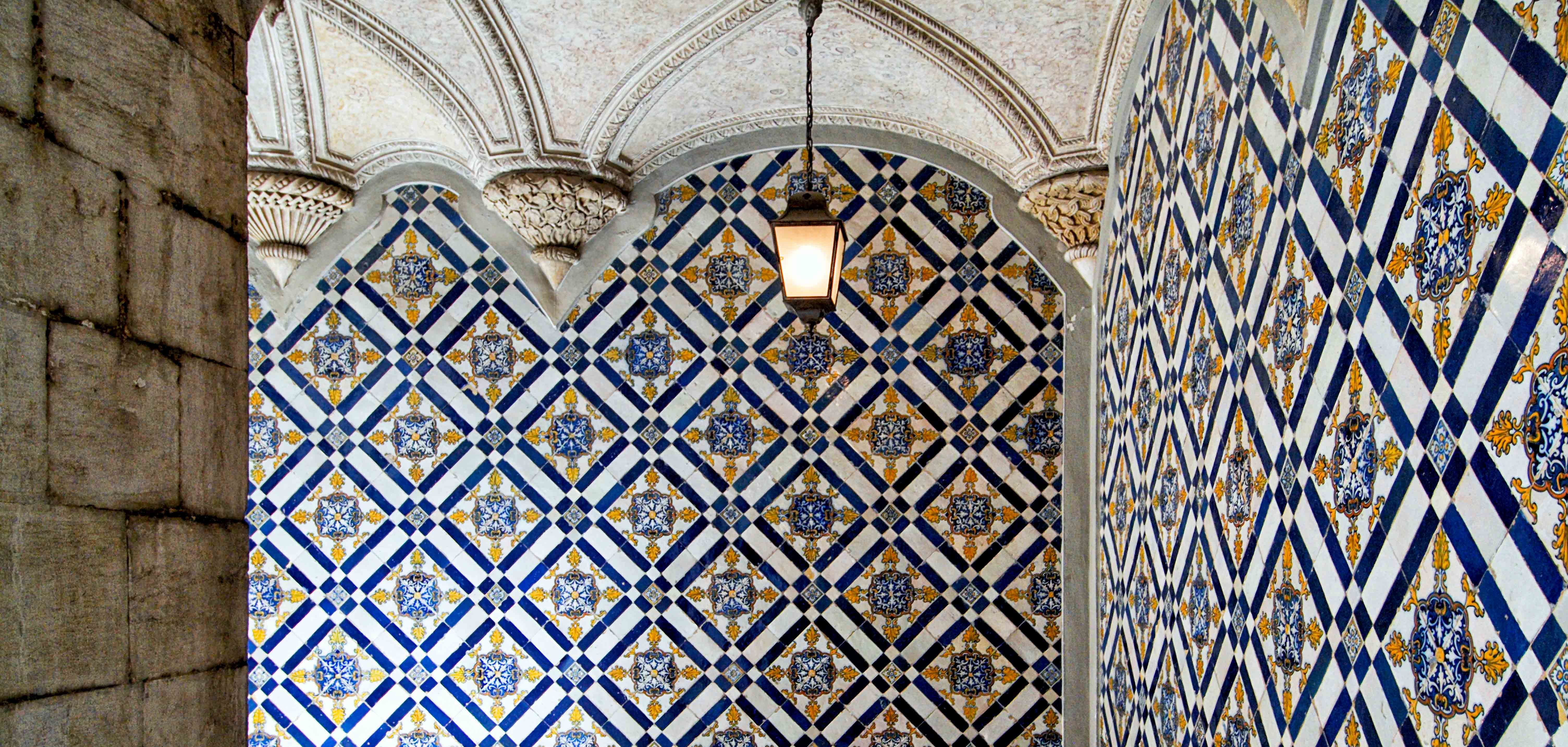 Credit: hectorchristiaen – stock.adobe.com
Credit: hectorchristiaen – stock.adobe.com
The museum houses an extensive collection of azulejos dating back to the 15th century. These exquisite ceramic tiles are renowned for their intricate designs, vibrant colors, and diverse themes, showcasing the artistic skills and cultural heritage of Portugal.
Azulejos often depict stories from Portuguese history, religious scenes, landscapes, and everyday life. The museum’s collection showcases a wide range of themes, allowing visitors to connect with the rich narratives portrayed on the tiles. The National Azulejo Museum it’s an immersive experience that celebrates the timeless allure of azulejos and their contribution to Portugal’s cultural identity.
Explore the trendy neighborhood of Bairro Alto and experience its lively nightlife
Bairro Alto, nestled in the heart of Lisbon, is a trendy and vibrant neighborhood that beckons both locals and visitors seeking a lively nightlife scene and a bohemian atmosphere. This disctrict is renowned for its bustling nightlife, with its narrow streets lined with a myriad of bars, clubs, and live music venues. As the sun sets, the neighborhood comes alive, offering a lively and eclectic atmosphere that attracts partygoers and music enthusiasts.
Venture to the viewpoints of Bairro Alto, such as Miradouro de São Pedro de Alcântara, and be rewarded with stunning panoramic views of Lisbon. These vantage points offer a peaceful retreat and an opportunity to appreciate the city’s beauty from above.
Relax and soak up the sun at the beautiful beaches of Cascais and Estoril
The beaches of Cascais and Estoril, located on the beautiful Portuguese Riviera, offer a perfect coastal escape from the bustling city of Lisbon. These idyllic seaside towns boast pristine sandy beaches that attract both locals and visitors looking to soak up the sun and enjoy the refreshing waters of the Atlantic Ocean. Cascais is known for its picturesque beaches such as Praia da Rainha, Praia da Conceição, and Praia do Guincho, which offer a mix of relaxation and water sports opportunities.
Estoril, on the other hand, is renowned for its elegant beaches like Praia do Tamariz, with its palm-lined promenade and vibrant beachside cafes. The beaches of Cascais and Estoril provide a tranquil and scenic setting where visitors can unwind, indulge in beachside dining, take leisurely walks along the shore, or try their hand at activities like surfing and paddleboarding. With their natural beauty and inviting atmosphere, these beaches offer a delightful coastal experience just a short distance from Lisbon.
Explore the charming neighborhood of Mouraria, known for its multicultural vibe and great food
Mouraria is known for its multicultural ambiance, shaped by the influence of various communities throughout history, including the Moors, Jews, and Afro-Portuguese. This diversity is reflected in the neighborhood’s architecture, music, and culinary scene.
Mouraria is considered the birthplace of fado, Portugal’s iconic music genre. It was in these streets that fado’s melancholic melodies and poetic lyrics were born, capturing the essence of longing and saudade. Fado houses and taverns can still be found, offering authentic performances. Its narrow streets and winding cobblestone alleys add to its charm and invite exploration. As you wander through the neighborhood, you’ll encounter colorful buildings, hidden squares, and local shops.
Visit the picturesque village of Belém and try the famous pastéis de Belém (custard tarts)
The history of Pastéis de Belém, also known as Portuguese custard tarts, is closely intertwined with the iconic neighborhood of Belém in Lisbon. It dates back to the early 19th century when the recipe was created by the monks of the Jerónimos Monastery. The original recipe was a closely guarded secret, known only to a few monks who meticulously crafted these delectable treats.
The recipe has remained a well-kept secret, passed down through generations, and the pastéis de Belém produced at the original factory have become legendary, renowned for their delicate, flaky pastry and rich, creamy filling. Today, visitors flock to the Fábrica dos Pastéis de Belém to savor these iconic treats, continuing a tradition that has delighted taste buds for over two centuries.
Belém is also home to several iconic historical landmarks that reflect Portugal’s rich maritime history. From the grand Belém Tower, a UNESCO World Heritage Site, to the majestic Jerónimos Monastery, you’ll find yourself immersed in the grandeur of Portugal’s past.
Belém’s historical significance, architectural masterpieces, delectable treats, and serene riverfront make it an essential stop in Lisbon. It offers a glimpse into Portugal’s golden era of exploration while providing a delightful blend of culture, art, and culinary delights that will leave a lasting impression on any visitor.
Explore the historic neighborhood of Chiado and indulge in some shopping and people-watching
Chiado has long been a gathering place for artists, writers, and intellectuals. It was a hub of intellectual and literary activity during the 19th and 20th centuries, attracting renowned figures such as Fernando Pessoa and Eça de Queirós. The neighborhood boasts a blend of architectural styles, including elegant 18th-century buildings and stunning examples of Art Nouveau and Art Deco. The area’s architecture is a testament to its historical importance and charm.
The district exudes a lively and cosmopolitan atmosphere. Its bustling streets are filled with fashionable boutiques, trendy cafes, and vibrant street performers, creating an energetic and captivating ambiance. Chiado is conveniently located near other major attractions, including the historic Alfama district, the picturesque Bairro Alto, and the stunning viewpoints of São Pedro de Alcântara and Santa Catarina. It serves as an ideal starting point for exploring the city.
Take a bike tour along the scenic waterfront area of Parque das Nações
Parque das Nações is situated along the Tagus River, offering breathtaking views of the water and the city skyline. Cycling along the waterfront allows you to soak in the beauty of the river, with its shimmering blue hues and the gentle breeze against your face.
Explore the bohemian neighborhood of Graça and enjoy its laid-back atmosphere
Graça exudes a relaxed and bohemian vibe, providing a welcome respite from the bustling city. The neighborhood’s narrow streets and cozy squares invite leisurely strolls, allowing you to immerse yourself in its unhurried ambiance. Visiting the bohemian neighborhood of Graça allows you to unwind, connect with the local community, and embrace the laid-back charm that permeates the area. It’s a place where time slows down, providing an opportunity to savor the simple pleasures and immerse yourself in the cultural fabric of Lisbon.
Take a day trip to the nearby Arrábida Natural Park and enjoy its stunning beaches and hiking trails
This is a delightful escape into nature’s embrace. With its rugged mountains, turquoise waters, and lush greenery, the park offers a scenic landscape that captivates the senses. The pristine beaches, such as Praia dos Galapinhos and Praia da Figueirinha, invite relaxation and rejuvenation, providing a serene oasis away from the city. As you explore the park’s hiking trails, you’ll be rewarded with breathtaking views from viewpoints like Portinho da Arrábida, where the beauty of the coastline unfolds before your eyes.
Wallow in the natural beauty of Tróia
Wallowing in the natural beauty of Tróia is a blissful escape into a pristine paradise. Located on a peninsula south of Lisbon, Tróia offers a breathtaking coastline with golden sandy beaches, crystal-clear waters, and undisturbed dunes. The unspoiled beauty of this region invites visitors to relax, unwind, and indulge in nature’s wonders.
Whether you choose to soak up the sun on Tróia Beach, explore the surrounding nature reserves, or embark on a dolphin-watching excursion, every moment spent in Tróia is a chance to connect with the serenity of the natural world. The area is also home to archaeological sites, providing a glimpse into its ancient history. From the shimmering beaches to the lush landscapes, Tróia beckons you to immerse yourself in its tranquil ambiance, leaving you with memories of a truly idyllic retreat.
Check Out the Best Miradouros in Lisbon (Viewpoints)
Lisbon has numerous viewpoints due to its rugged topography and strategic location along the Tagus River. The city is built on seven hills, which naturally create different elevations and viewpoints throughout the urban landscape. These hills provide excellent opportunities for the creation of belvederes that offer panoramic views over the city, the river and the surrounding areas.
Miradouro da Senhora do Monte, Miradouro de São Pedro de Alcântara, Miradouro da Nossa Senhora do Carmo, Miradouro da Graça, Miradouro das Portas do Sol and Miradouro do Parque Eduardo VII. These viewpoints in Lisbon allow visitors to capture the beauty of the city from different angles. Each offers a unique perspective, showcasing the architectural gems, natural landscapes, and the vibrant charm of the Portuguese capital.
Visit Fernando Pessoa’s favorite coffee shop in Lisbon: Martinho da Arcada
Martinho da Arcada is a historic café located in the Baixa district of Lisbon, Portugal. It has the distinction of being one of the oldest cafés in the city, with a history dating back to 1782. This charming café has been a meeting place for intellectuals, artists and writers over the years, becoming an important part of Lisbon’s cultural fabric. One of its most notable customers was the famous Portuguese poet Fernando Pessoa, who frequented Martinho da Arcada and even had his own table reserved. The café retains its traditional ambience, with its classic décor, marble-topped tables and wood paneling.
Fernando Pessoa (1888-1935) was one of Portugal’s most influential and celebrated literary figures. He is widely regarded as one of the greatest poets of the 20th century and is known for his unique writing style and philosophical insights.
Go underwater in the Lisbon Oceanarium
Designed by architect Peter Chermayeff, the Lisbon Oceanarium is an architectural marvel. Its unique circular structure resembles a large floating ship and is surrounded by a massive artificial lake, creating a visually stunning setting. Visitors have the opportunity to touch and interact with marine creatures in designated touch pools. These interactive areas allow for a hands-on experience, fostering a deeper connection with the marine world.
Regal gardens at the Palace of the Marquises of Fronteira
The Palace of the Marquises of Fronteira, known as Palácio dos Marqueses de Fronteira in Portuguese, is a remarkable historic palace located in the outskirts of Lisbon, Portugal. It is a hidden gem that offers visitors a glimpse into the grandeur and opulence of Portuguese nobility. The palace showcases impressive architectural features, blending elements of Mannerist and Baroque styles. Its stunning facade is adorned with intricate azulejo tiles, depicting scenes from Portuguese history and mythology.
Take a river cruise in the Tagus River
A river cruise offers panoramic views of Lisbon’s iconic landmarks, including Belém Tower, the 25th of April Bridge, and the picturesque waterfront districts. From the comfort of the boat, you can take in the city’s skyline, capture stunning photographs, and enjoy a different angle of Lisbon’s architectural wonders. As you sail along the Tagus River, you’ll pass by significant historical landmarks that are best admired from the water. You can appreciate the grandeur of the Jerónimos Monastery, the Monument to the Discoveries, and the stunning São Jorge Castle perched atop a hill.
The vantage point from a river cruise offers excellent photo opportunities. Capture stunning shots of Lisbon’s skyline, its famous monuments, and the colorful buildings that line the riverbanks. It’s a chance to create lasting memories and unique visual mementos of your time in the city.
Eat in one of the city’s restaurants
Familiarizing yourself with a new city and finding the best places to eat can be a daunting task. Determined to explore the city like the locals, we set out to taste Lisbon’s food, one neighborhood at a time. Alma, Belcanto, Encanto, O Velho Eurico, Solar dos Presuntos, Time Out Market Lisbon and Cervejaria Ramiro are a few restaurants do add to your list.
Climb to the top of the Panteão Nacional
Panteão Nacional is housed in a former church called the Church of Santa Engrácia. Its architectural style is a striking example of Baroque and Neoclassical design. The impressive dome of the building dominates the skyline of Lisbon and is a recognizable symbol of the city. The interior of the Panteão Nacional is equally impressive, with intricate carvings, beautiful altars, and magnificent chapels. The blend of architectural styles and the elaborate details create a captivating and solemn atmosphere.
Watch the sunset on a rooftop bar
The rooftops of Lisbon add a distinct and charming element to the city’s skyline. As you explore the narrow streets and hilly neighborhoods, you’ll be captivated by the sea of terracotta tile roofs that adorn the buildings. These rooftops create a picturesque and romantic ambiance, offering a unique perspective of the city. From certain viewpoints and miradouros (viewpoints), you can admire the rooftops extending as far as the eye can see, forming a patchwork of colors and shapes against the backdrop of Lisbon’s hills and the Tagus River.
Take a walk through Monsanto Park
Monsanto Park is known for its lush greenery and natural landscapes. It covers a large area, featuring diverse ecosystems, including forests, meadows, and rocky outcrops. The park’s natural beauty provides an ideal setting for outdoor activities and relaxation. The park’s elevated location provides stunning panoramic views of Lisbon and the Tagus River. Several viewpoints within the park offer a picturesque vantage point to admire the city’s skyline and appreciate its beauty from a different perspective.
Sip a saucy cocktail at Pensão Amor
Pensão Amor is a unique and vibrant establishment located in the Cais do Sodré neighborhood of Lisbon, Portugal. Originally a former brothel, Pensão Amor has been transformed into a trendy and eclectic venue that blends history, culture, and entertainment.
Open a traditional Portuguese can at Conserveira de Lisboa
Conserveira de Lisboa is a renowned gourmet shop located in Lisbon, Portugal. Established in 1930, it is a cherished institution that specializes in traditional canned fish, preserving the culinary heritage of the city. The shop maintains traditional preservation methods, ensuring that the fish is carefully selected, processed, and canned using time-honored techniques. This commitment to quality and tradition has earned Conserveira de Lisboa a reputation for offering some of the finest canned fish in Lisbon.
Climb to Statue of Christ the King (Estátua do Cristo Rei)
The Statue of Christ the King is an iconic landmark in Lisbon, inspired by the Christ the Redeemer statue in Rio de Janeiro, Brazil. It stands atop the Almada hill, on the southern bank of the Tagus River, and is a symbol of faith, peace, and unity.
Visit the marvelous Paula Rêgo Museum
The Paula Rêgo Museum, also known as the Casa das Histórias Paula Rego, is a museum dedicated to the works of the renowned Portuguese artist Paula Rego. Located in Cascais, near Lisbon, the museum is a testament to Rego’s artistic legacy and offers visitors a captivating journey through her imaginative and thought-provoking artworks.
The museum itself is an architectural masterpiece designed by Eduardo Souto de Moura. Its striking geometric structure with sharp angles and clean lines serves as an ideal backdrop for Rego’s artworks.
Whether you’re wandering through beautiful gardens, delving into the arts and culture scene, or simply soaking up the sun on Lisbon’s stunning beaches, every moment in this vibrant city will leave an indelible mark. With its unique blend of history, culture, natural beauty, and warm hospitality, Lisbon invites you to create unforgettable memories and embark on an extraordinary journey in 2023.


.png?width=1920&height=1080&name=The%2033%20Best%20Things%20to%20Do%20in%20Lisbon%20in%202023%20(1).png)
.png?width=1920&height=1080&name=The%2033%20Best%20Things%20to%20Do%20in%20Lisbon%20in%202023%20(3).png)
.png?width=1920&height=1080&name=The%2033%20Best%20Things%20to%20Do%20in%20Lisbon%20in%202023%20(2).png)
.png?width=1920&height=1080&name=The%2033%20Best%20Things%20to%20Do%20in%20Lisbon%20in%202023%20(4).png)

.png?width=1920&height=1080&name=The%2033%20Best%20Things%20to%20Do%20in%20Lisbon%20in%202023%20(5).png)
.png?width=1920&height=1080&name=The%2033%20Best%20Things%20to%20Do%20in%20Lisbon%20in%202023%20(6).png)
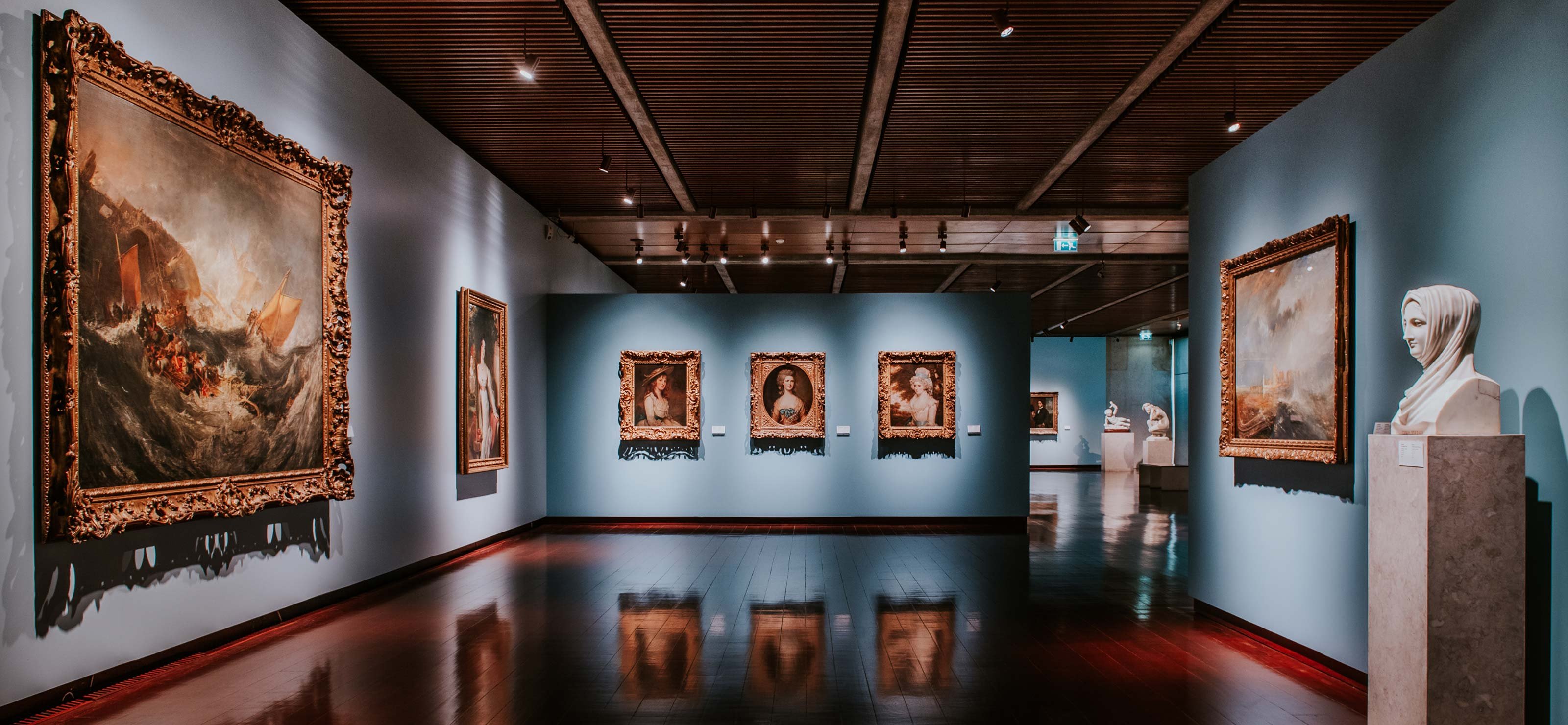
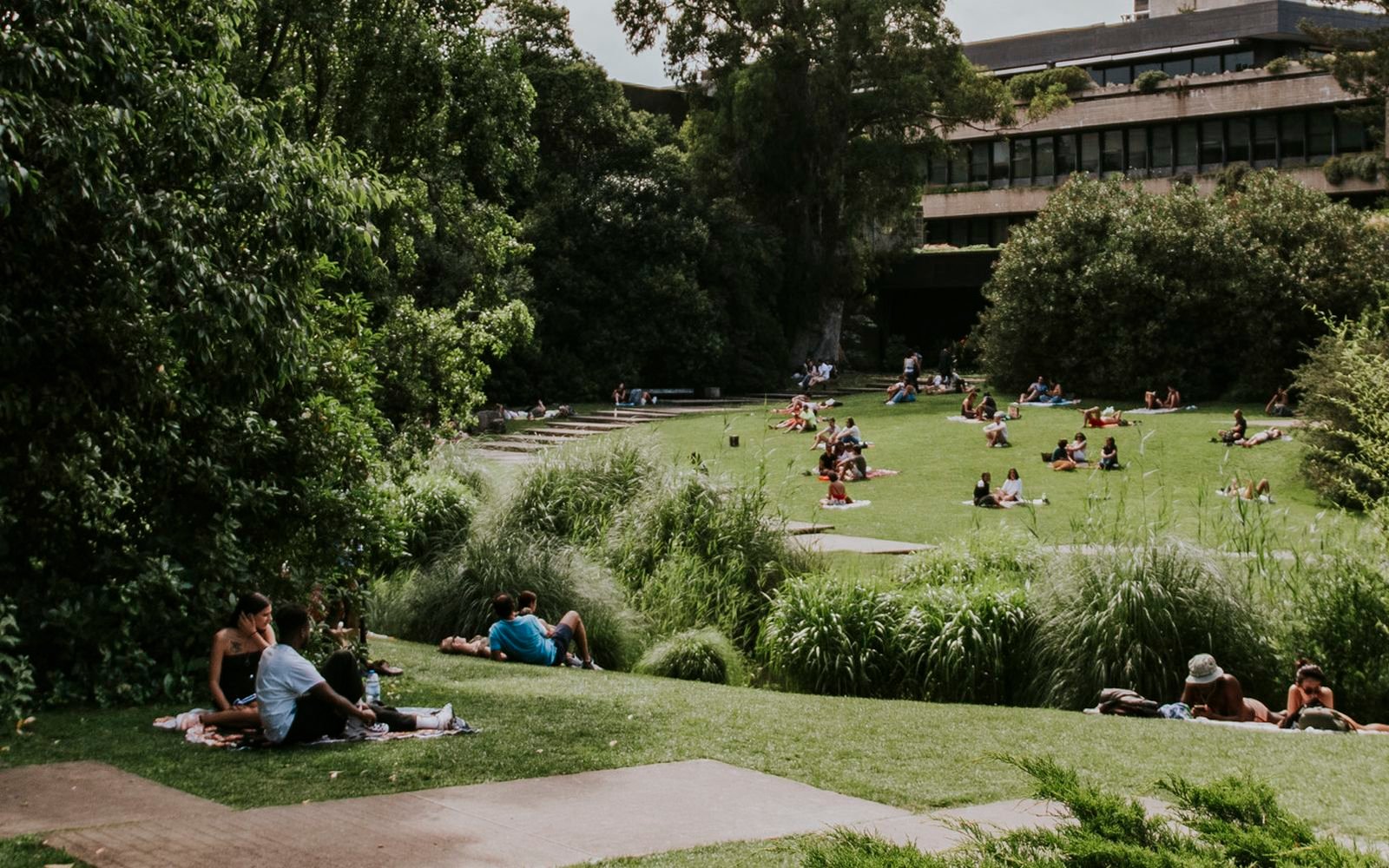
.png?width=1920&height=1080&name=The%2033%20Best%20Things%20to%20Do%20in%20Lisbon%20in%202023%20(8).png)
.png?width=1920&height=1080&name=The%2033%20Best%20Things%20to%20Do%20in%20Lisbon%20in%202023%20(9).png)
.png?width=1920&height=1080&name=The%2033%20Best%20Things%20to%20Do%20in%20Lisbon%20in%202023%20(7).png)


.png?width=1920&height=1080&name=The%2033%20Best%20Things%20to%20Do%20in%20Lisbon%20in%202023%20(10).png)
.png?width=1920&height=1080&name=The%2033%20Best%20Things%20to%20Do%20in%20Lisbon%20in%202023%20(11).png)
.png?width=1920&height=1080&name=The%2033%20Best%20Things%20to%20Do%20in%20Lisbon%20in%202023%20(12).png)
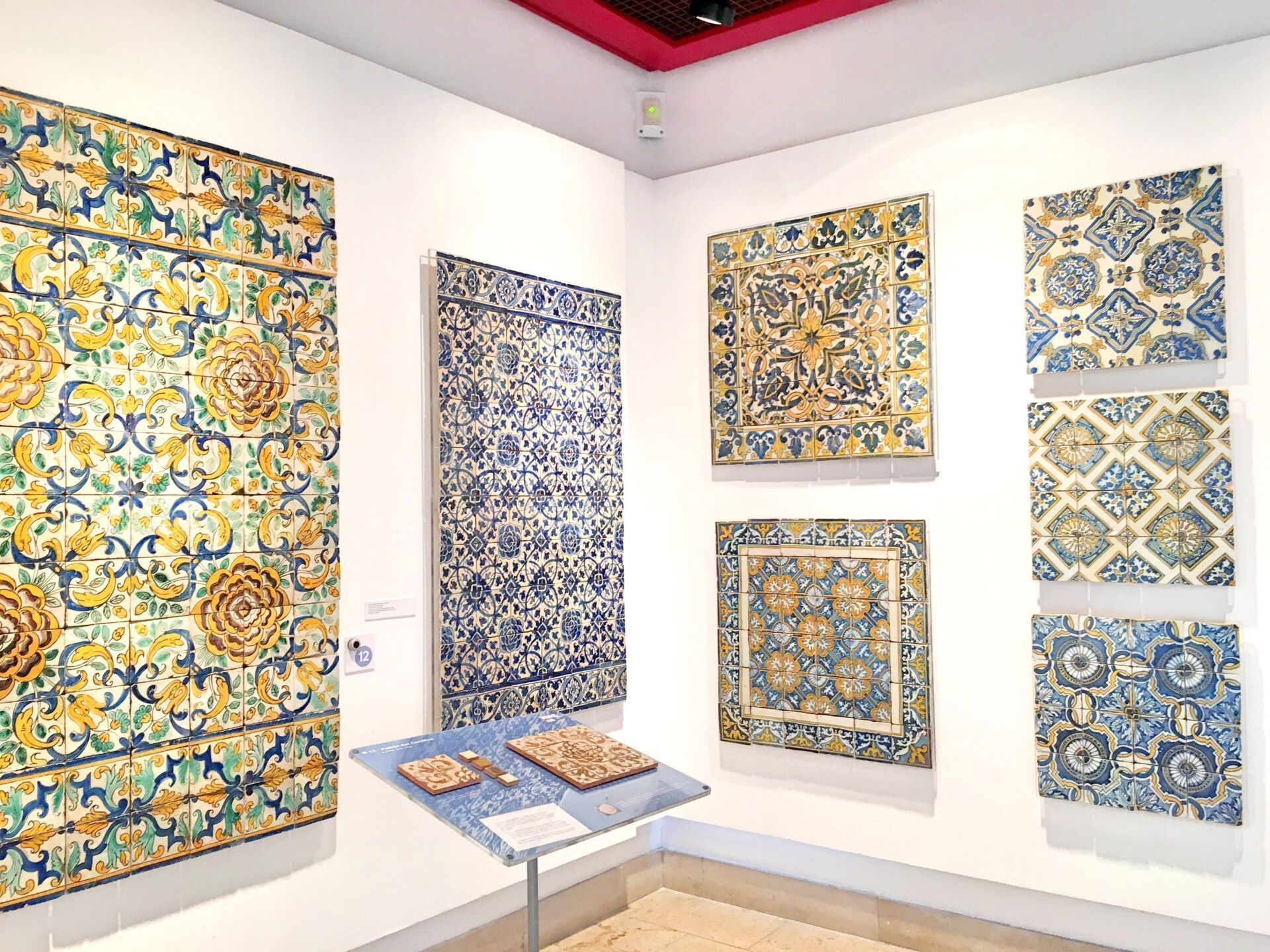
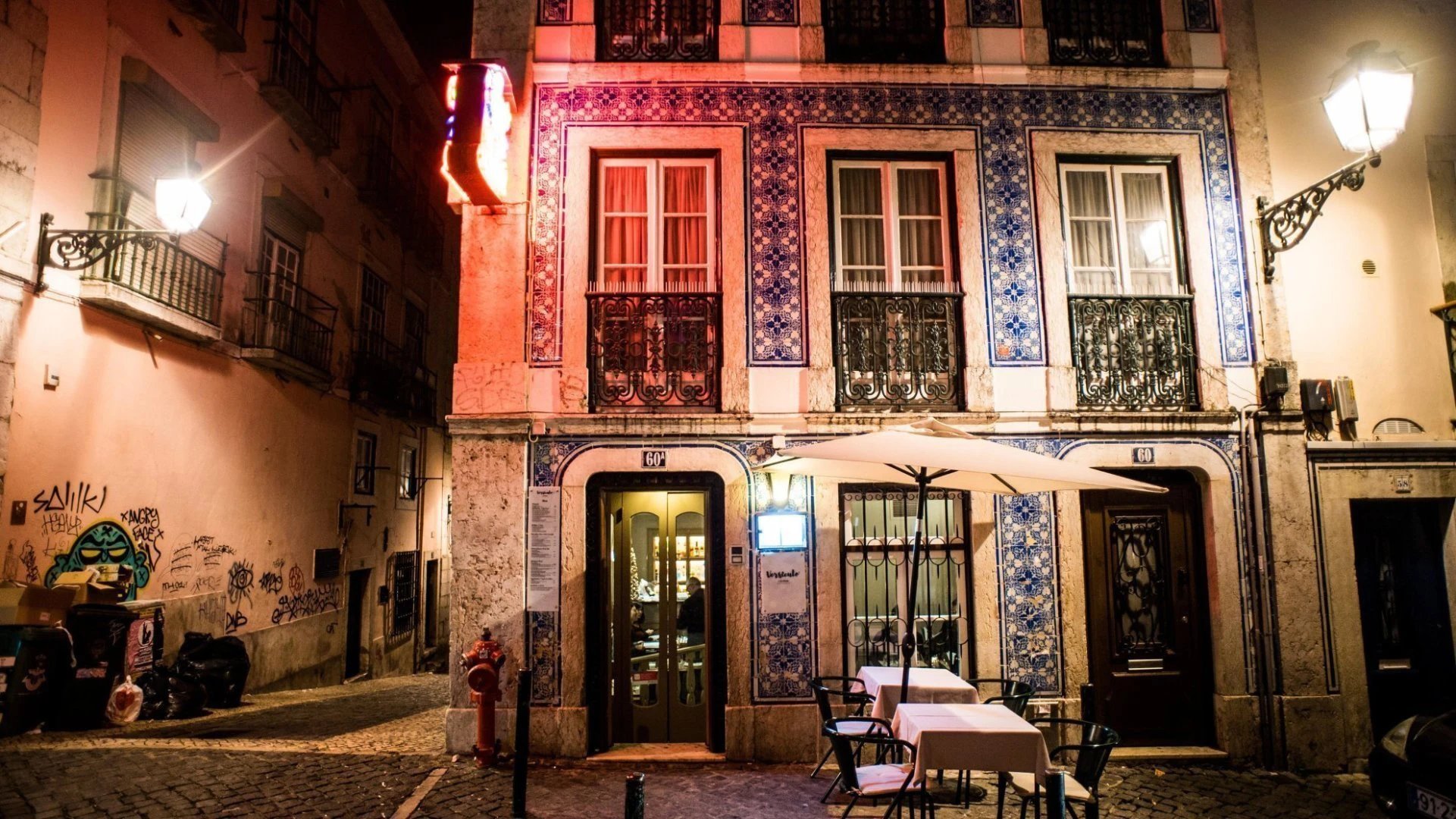
.png?width=1920&height=1080&name=The%2033%20Best%20Things%20to%20Do%20in%20Lisbon%20in%202023%20(13).png)
.png?width=1920&height=1080&name=The%2033%20Best%20Things%20to%20Do%20in%20Lisbon%20in%202023%20(15).png)
.png?width=1920&height=1080&name=The%2033%20Best%20Things%20to%20Do%20in%20Lisbon%20in%202023%20(14).png)
.png?width=1920&height=1080&name=The%2033%20Best%20Things%20to%20Do%20in%20Lisbon%20in%202023%20(16).png)
.png?width=1920&height=1080&name=The%2033%20Best%20Things%20to%20Do%20in%20Lisbon%20in%202023%20(17).png)
.png?width=1920&height=1080&name=The%2033%20Best%20Things%20to%20Do%20in%20Lisbon%20in%202023%20(18).png)
.png?width=1920&height=1080&name=The%2033%20Best%20Things%20to%20Do%20in%20Lisbon%20in%202023%20(19).png)
.png?width=1920&height=1080&name=The%2033%20Best%20Things%20to%20Do%20in%20Lisbon%20in%202023%20(20).png)
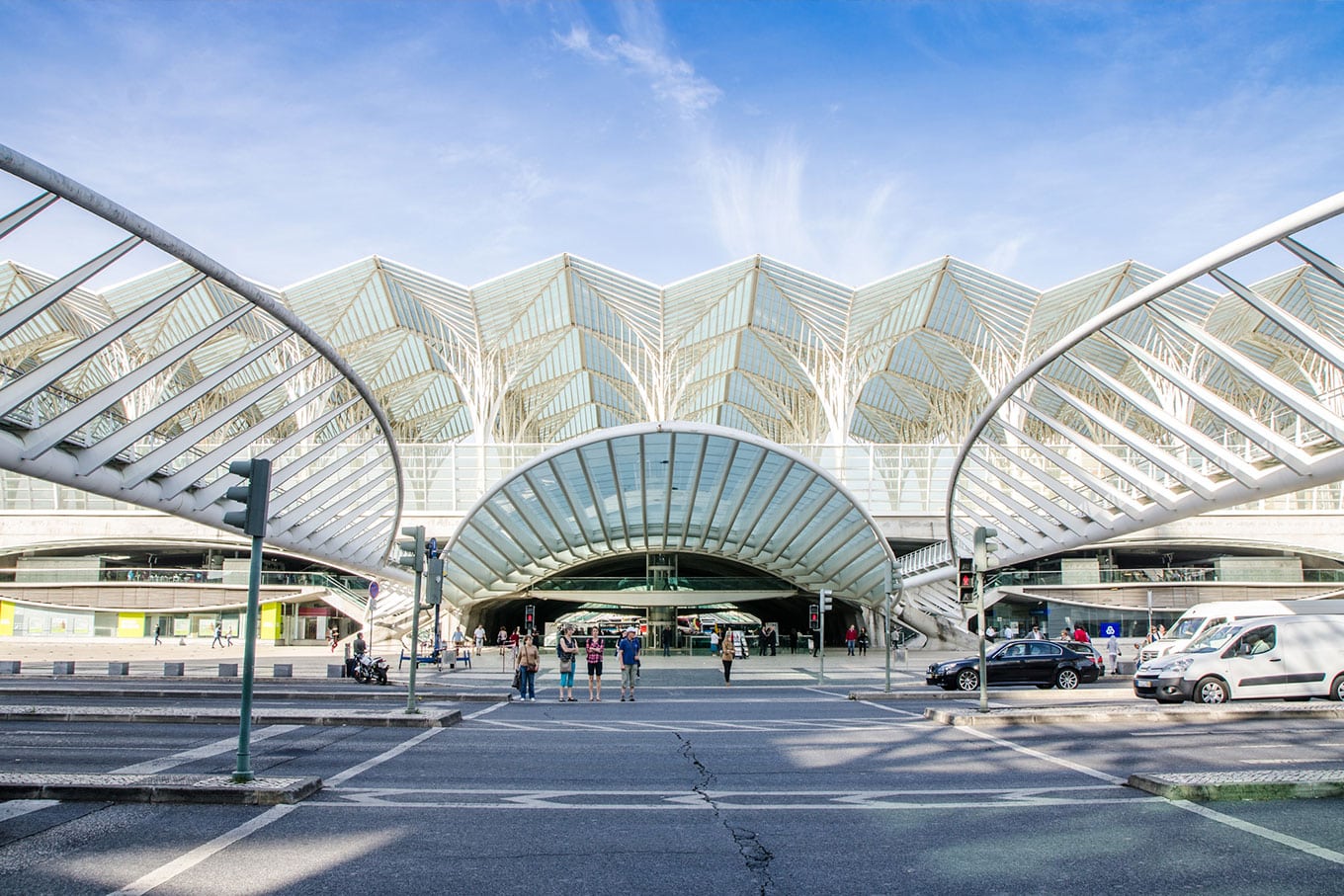
.png?width=1920&height=1080&name=The%2033%20Best%20Things%20to%20Do%20in%20Lisbon%20in%202023%20(21).png)
.png?width=1920&height=1080&name=The%2033%20Best%20Things%20to%20Do%20in%20Lisbon%20in%202023%20(22).png)

.png?width=1920&height=1080&name=The%2033%20Best%20Things%20to%20Do%20in%20Lisbon%20in%202023%20(23).png)

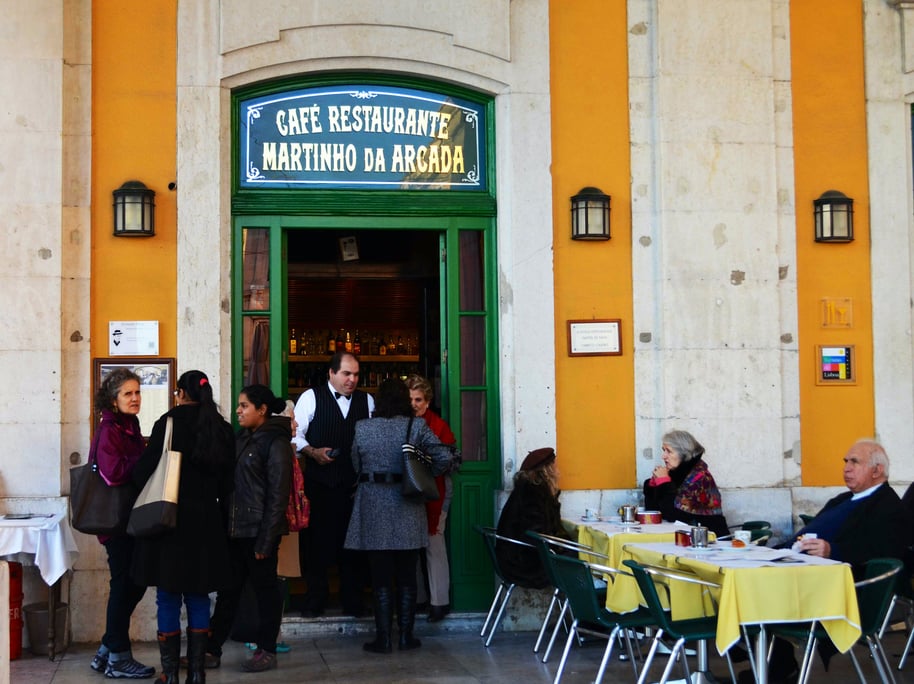
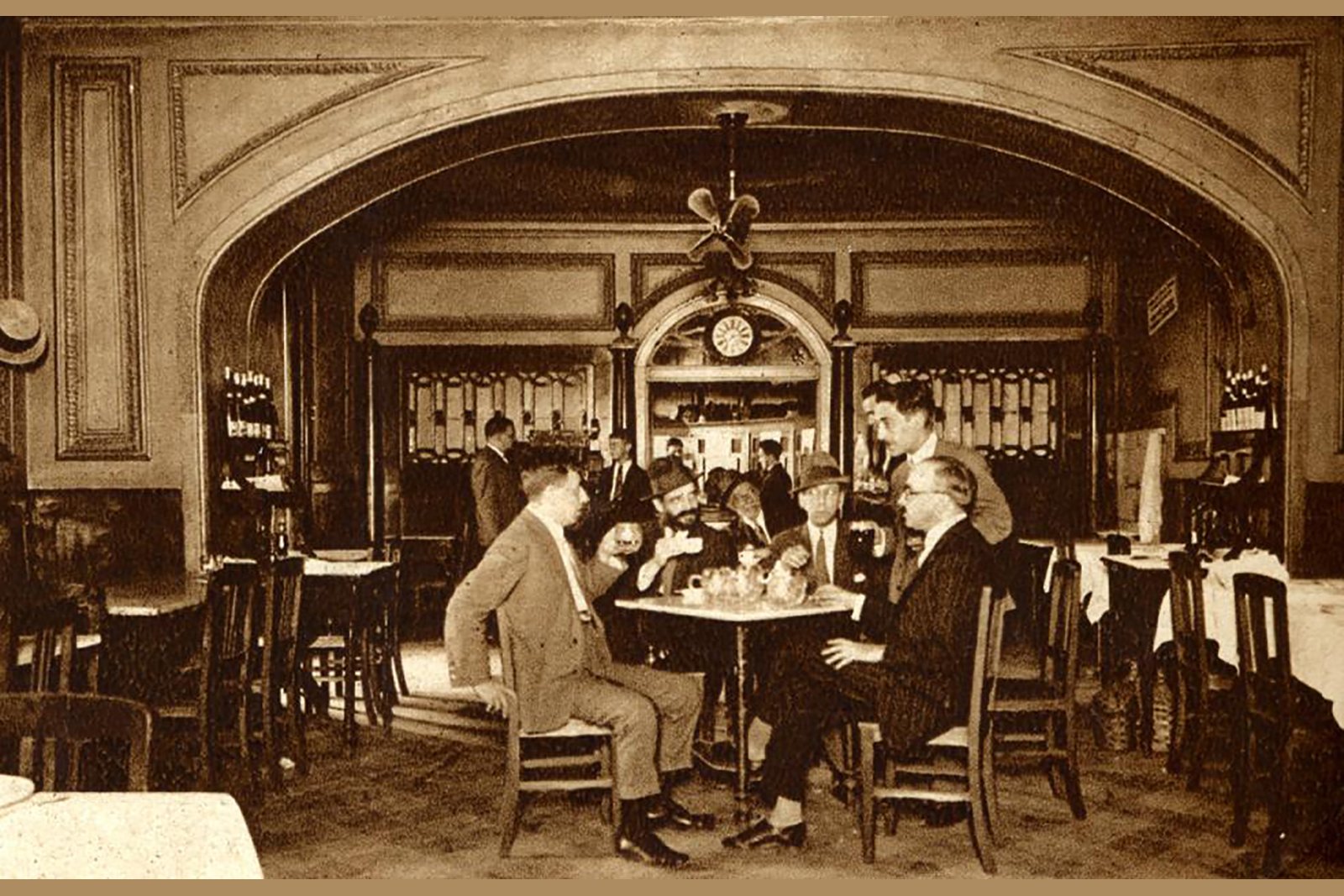

.png?width=1920&height=1080&name=The%2033%20Best%20Things%20to%20Do%20in%20Lisbon%20in%202023%20(24).png)

.png?width=1920&height=1080&name=The%2033%20Best%20Things%20to%20Do%20in%20Lisbon%20in%202023%20(25).png)
.png?width=1920&height=1080&name=The%2033%20Best%20Things%20to%20Do%20in%20Lisbon%20in%202023%20(27).png)
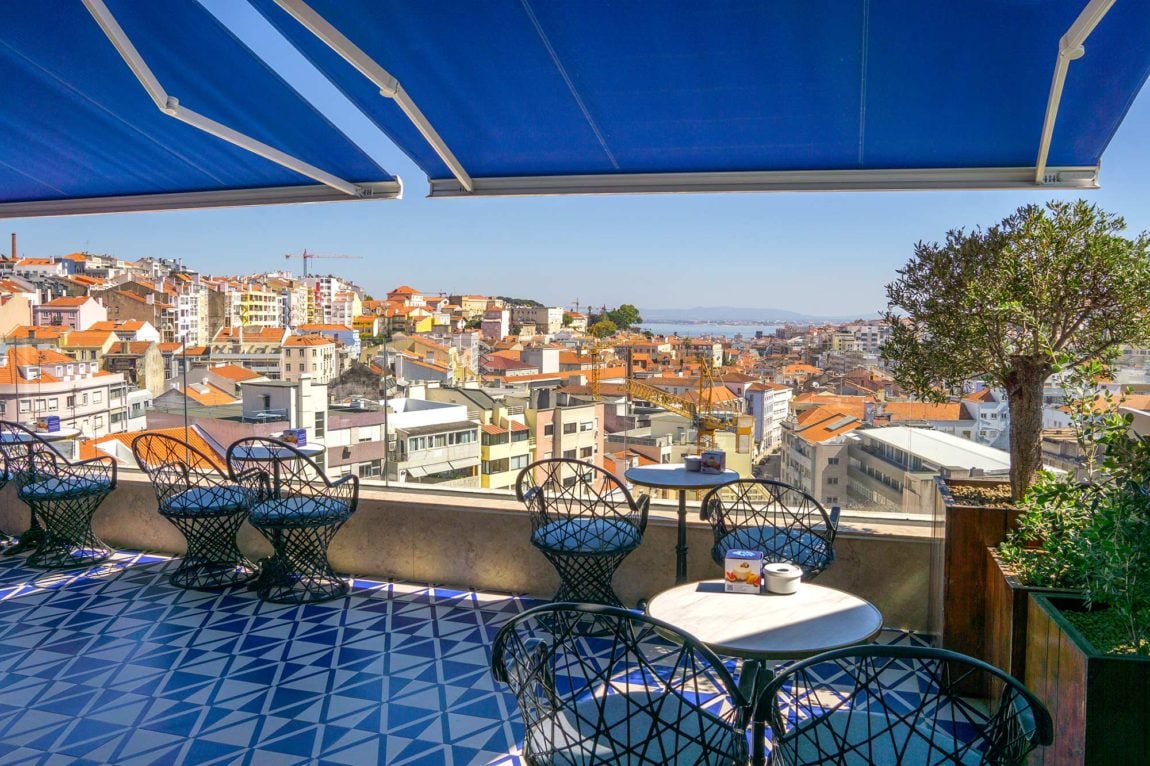
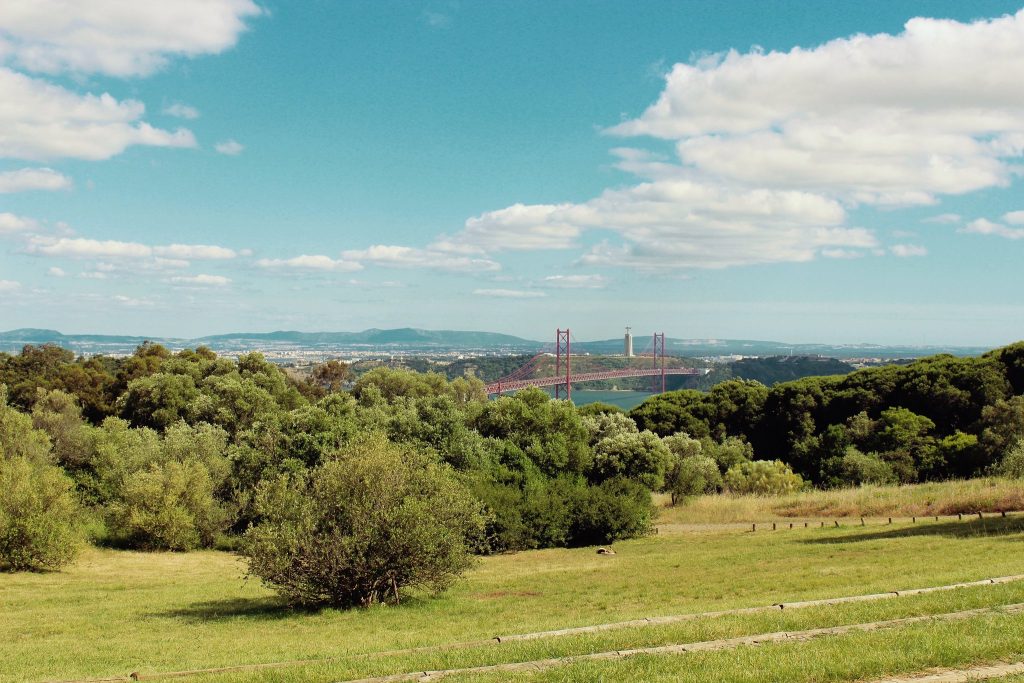
.png?width=1920&height=1080&name=The%2033%20Best%20Things%20to%20Do%20in%20Lisbon%20in%202023%20(28).png)
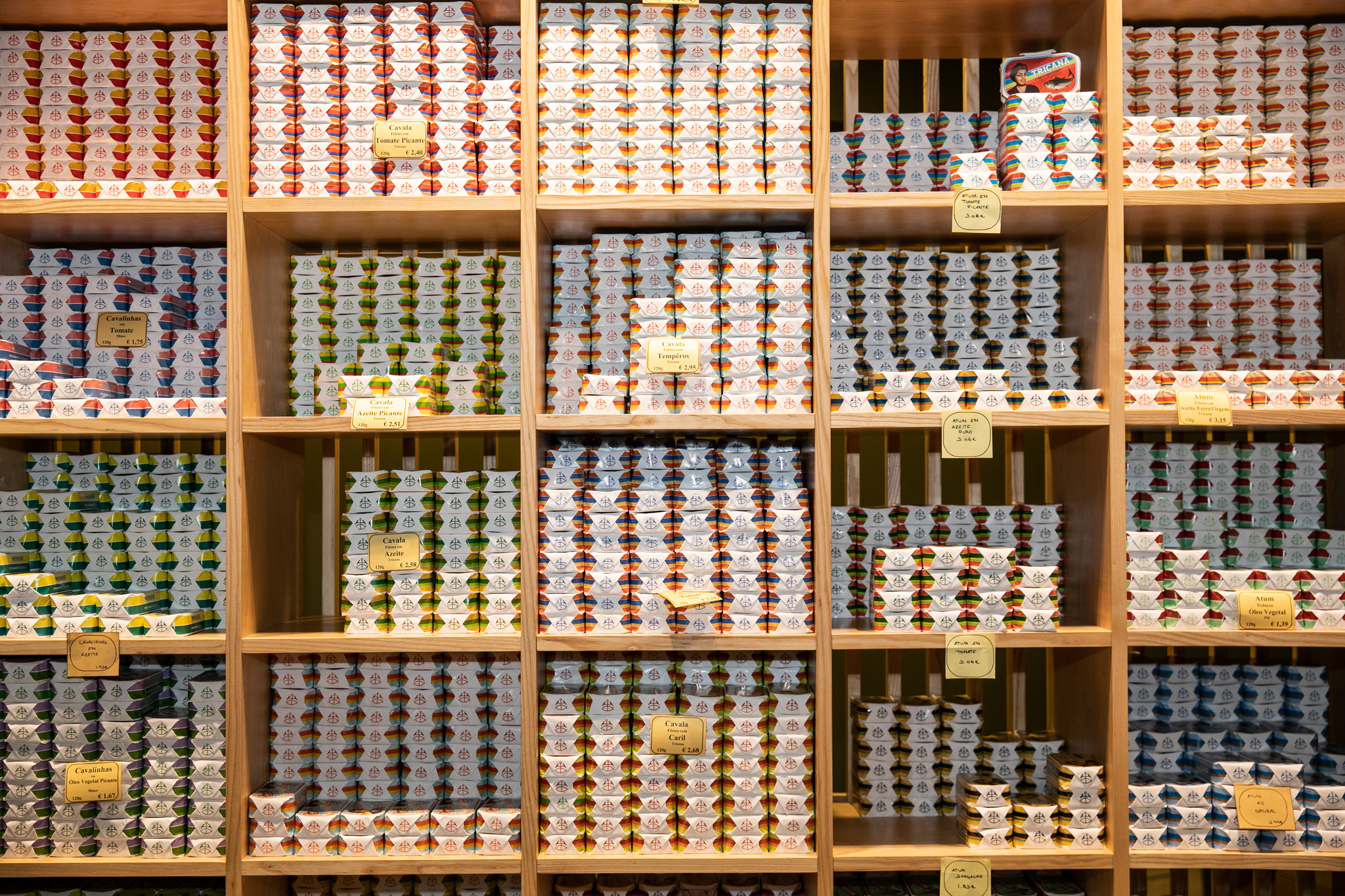
.png?width=1920&height=1080&name=The%2033%20Best%20Things%20to%20Do%20in%20Lisbon%20in%202023%20(29).png)
.png?width=1920&height=1080&name=The%2033%20Best%20Things%20to%20Do%20in%20Lisbon%20in%202023%20(30).png)
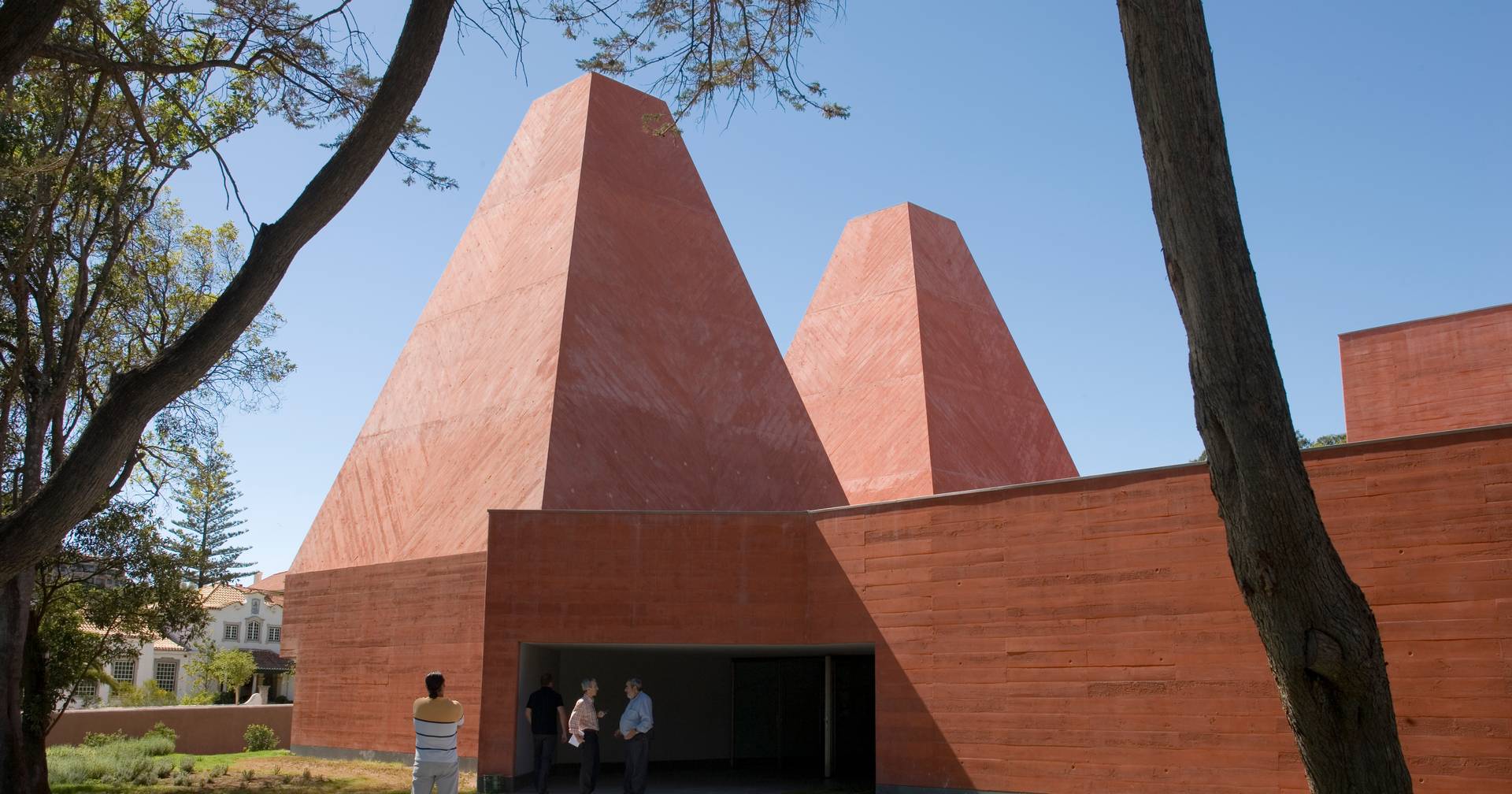
.png?width=1920&height=1080&name=The%2033%20Best%20Things%20to%20Do%20in%20Lisbon%20in%202023%20(31).png)
